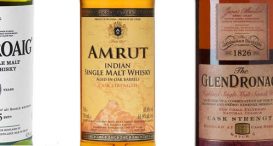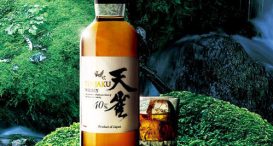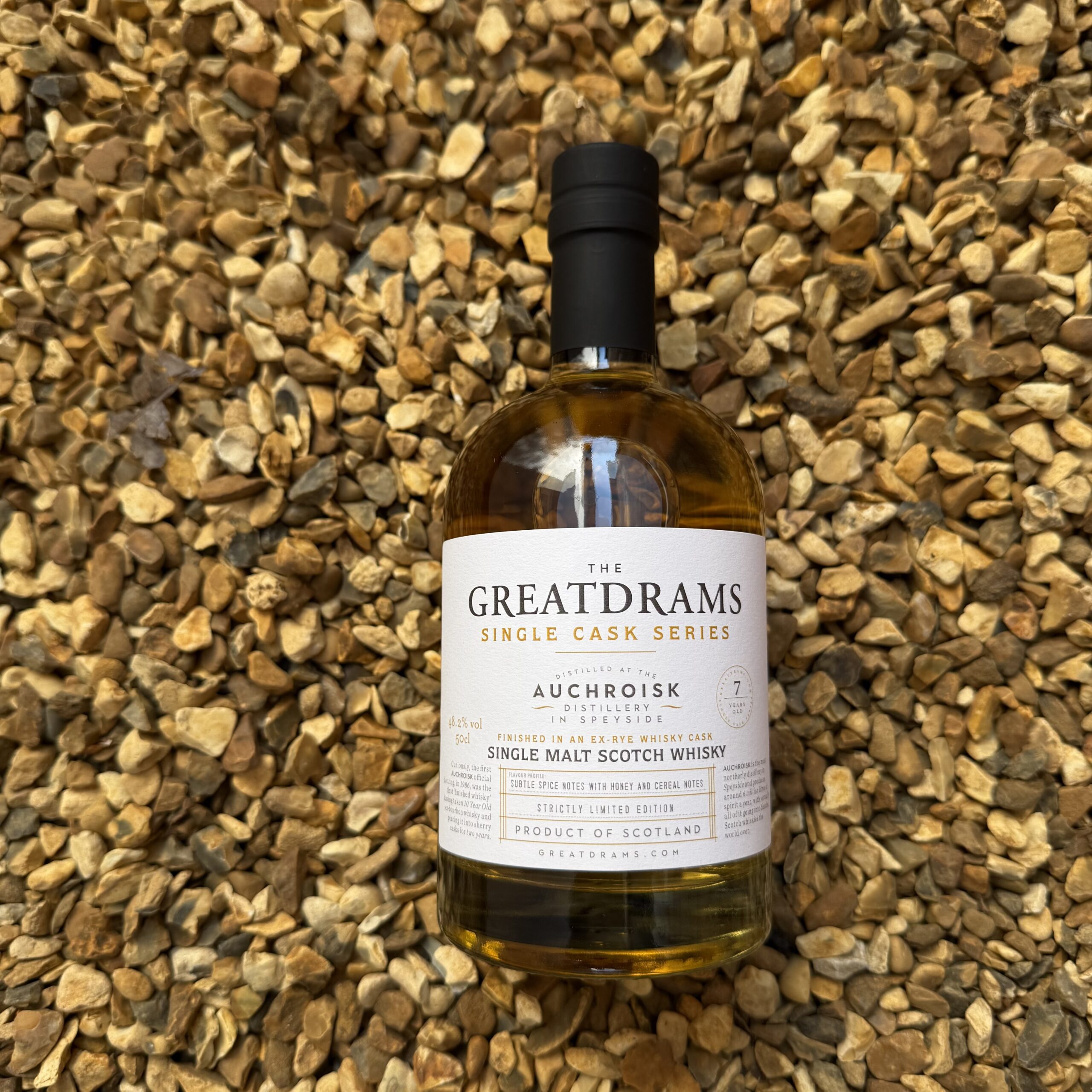A NIGHT WITH ALLAN LOGAN AND THE BRUICHLADDICH BRAND
let’s begin
Due to commitments elsewhere, I was unable to attend the Bruichladdich whisky tasting at Mac and Wild last week. Instead I sent along my man in the field and podcast host, Pete Brooker to report on the latest news and a rare talk with production manager Allan Logan.
Yes, it’s true I no longer drink whisky due to personal reasons (that I won’t bore you with) but that doesn’t stop me having an infinite appreciation for the Bruichladdich brand. Nothing wrong with having look at the menu as most married menu would say. Most whisky lovers will already be familiar with the brand that was officially established as an independent in 2001 under the helm of Jim McEwan who retired 2 years ago and has since handed the reigns onto his right hand man, Allan. Bruichladdich was previously in an agreement with many other distilleries to source the malt exclusively from plants owned by Diageo. A year later they increased the prices and wanted Bruichladdich to pay for the malt upfront. They neither had the will nor the budget to meet their demands, so instead sourced their malt (peated and unpeated) independently from Inverness.
Under the Bruichladdich name, it houses 3 main brands, The Classic Laddie, The Port Charlotte and The Octomore. There are 8 distilleries on the island of Islay and although Bruichladdich is one of the most reputable in terms of being most progressive, it still in the bottom 2-3 when it comes to yielding volume according to Master Distiller Allan Logan.
Here are some findings and truisms you might like to know about the separate brands.
LADDIES CLASSIC 50%
Presented in an aqua marine bottle, designed to reflect the sea that laps the shores of the island. It was conceived in 2007 and is the house style whisky. Whilst there are older whisky’s that make up the Laddie, Bruichladdich choose not to put an age statement on the bottle to avoid any unwanted confusion or derision. There is an individual batch number on every bottle which tells you the ingredients, and every batch number can be referenced on the Bruichladdich website.
Bruichladdich believe that at 50% the oils that contain the flavours in the liquid coat the palette and stay on the tongue for a longer finish. When I was drinking whisky I’d be reticent to add water of any kind. Many people would tell me that it would release the flavours, but I thought it mollified the presentation of the liquid. When it comes to the Laddie I was pleased to hear this from Allan..
‘Some people like to add water; you can do that if you want. Add some ice whatever. I choose not to with the Laddie, with the Port Charlotte yes I add a little water, it makes for a nice winter dram.’
PORT CHARLOTTE
This is a peated whisky and as previously mentioned, a drop of water opens up the aromas nicely. From the website the peated Port Charlotte single malts are a tribute to the men who once worked a great, now silent, distillery just two miles south of Bruichladdich called Lochindaal. Following his visit there in 1885 Alfred Barnard wrote: “Peat only is used in drying the malt, fired in open chauffeurs”, a testament supported in a few surviving faded photographs showing the huge peat stacks waiting to be fed to the kiln fires.
OCTOMORE 59.3%
One of the upticks from breaking free from Diaggeo was that Jim McKewan had direct contact with the malt farmers and got to do some deep dives on how the peated whisky was produced. After realising that the peated whisky was being cut down from a raw percentage (the farmers deemed it unpalatable) Jim McKewan ordered that the malt come in its raw form, and he’d treat and prepare it for the kiln to try and amplify the PPM (parts per million phenol) in the malted barley.
The Octomore was and still is perceived as a game changer for peated whisky. Since then the Octomore portfolio has expanded; the 8.3 Octomore which is made from barley grown in a single field on Islay, (owned by Malt farmer James Brown (the Godfather of Malt) is one of Bruichladdich’s ‘super heavily peated’ whiskies. So heavily peated, in fact, that this edition produced a reading of 309.1PPM (Phenol Parts per Million), the highest ever recorded at malting. (That reading has never been achieved since).
There will be more news coming from the Bruichladdich Octomore range in January so stay tuned.
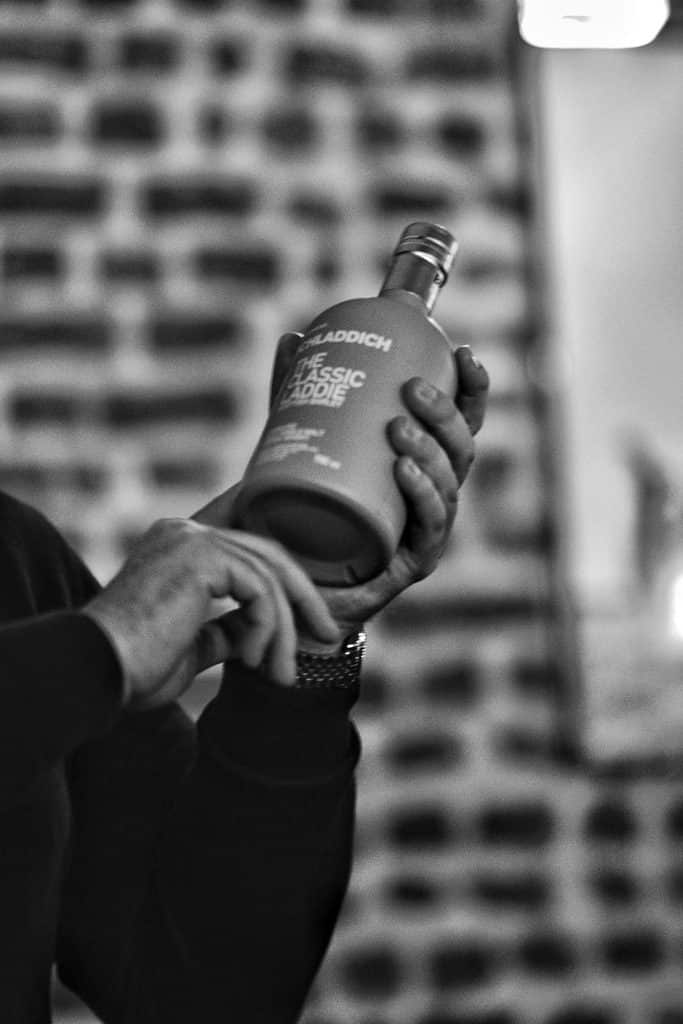

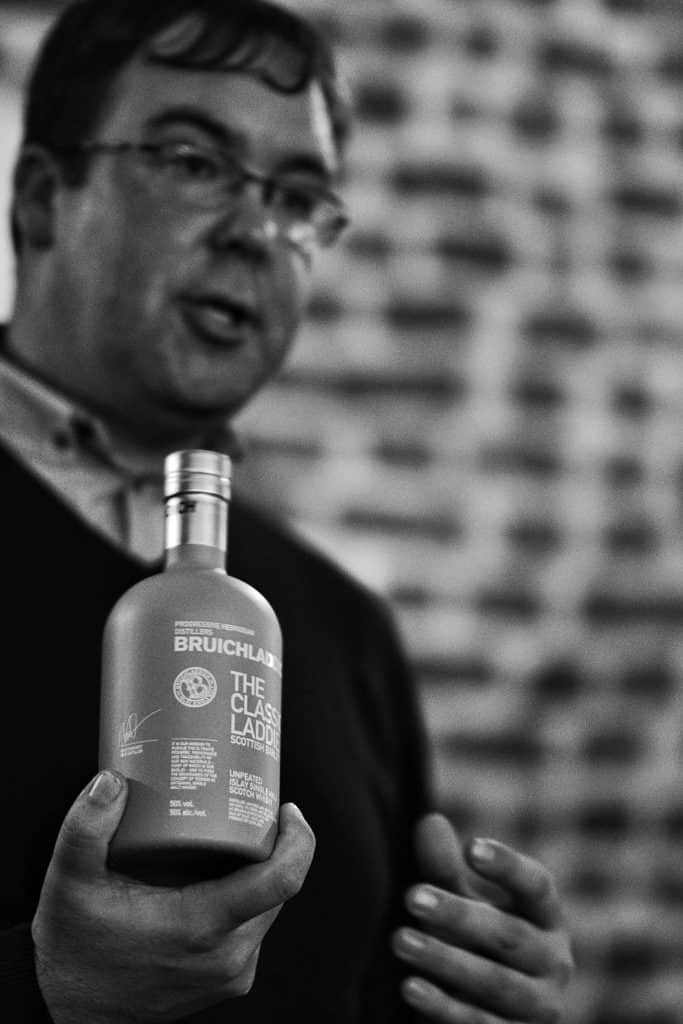
Photos courtesy of Richard Harris (http://www.the1shot.co.uk/)



